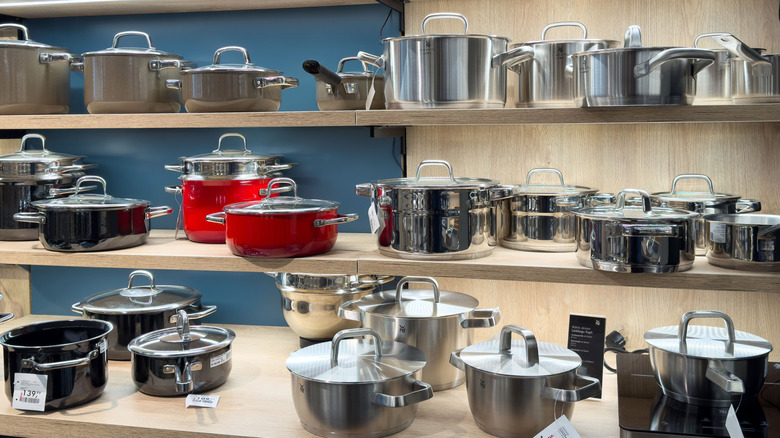The Truth About Non-Stick Cookware and Health Risks
Many people have heard warnings about non-stick cookware being potentially harmful, but the question remains: should you throw out your Teflon pans? The answer isn’t entirely straightforward. While it’s not necessary to discard them immediately, there is a growing movement among health professionals and experienced home cooks to consider safer alternatives. One such option is cast iron, which offers a natural, non-toxic alternative that improves with age.
Most non-stick pans are coated with a chemical called polytetrafluoroethylene (PTFE), commonly known as Teflon. This substance is often referred to as a “forever chemical” because it does not break down easily in the environment. Although this coating makes cooking and cleaning easier, it can degrade over time due to high heat, scratches from utensils, or general wear and tear. When this happens, small flakes of the coating can end up in your food, which may then be ingested.
Some suggest that proper care, such as avoiding metal utensils, not leaving pans on high heat for extended periods, and storing them correctly, can reduce these risks. However, even with careful use, there are still concerns. It’s important to note that non-stick cookware should not be stored in oven drawers, as stacking or exposure to residual heat can accelerate the breakdown of the coating. All these factors make it worth considering a switch to a safer option.
A Safer Alternative: Cast Iron Pans
If you’re looking to replace your Teflon-coated pans with something more secure and long-lasting, cast iron is an excellent choice. Unlike non-stick cookware, cast iron is free from synthetic chemicals and can even add beneficial iron to your diet. Over time, cast iron pans develop a natural non-stick surface through a process called seasoning, which involves building up a layer of lubricated residue from repeated use. This makes them just as effective as many non-stick options.
Cast iron pans are also incredibly versatile, capable of handling a wide range of cooking tasks—from searing steak to baking cornbread. They can transition seamlessly from stovetop to oven and can last for generations with proper care. For those seeking a durable and safe option, cast iron is a top recommendation.
How to Care for Your Cast Iron Pan
Learning how to maintain your cast iron pan is essential for keeping it in good condition. You should avoid using soap when cleaning, ensure it is thoroughly dried after washing, and apply a thin layer of oil to re-season it. Instead of harsh cleaners or scrubbers, many experts recommend using salt and a soft cloth for gentle cleaning. This method helps preserve the seasoning without damaging the pan.
While some might think maintaining a cast iron pan is complicated, it’s actually quite simple once you get the hang of it. With the right care, your cast iron cookware will continue to perform well and provide years of reliable service.
Why Cast Iron Is a Smart Investment
Beyond its safety and durability, cast iron offers several other advantages. It distributes heat evenly, making it ideal for various cooking techniques. Additionally, it can enhance the flavor of your meals, especially when used for slow-cooking or braising. For those who want to minimize health risks while investing in quality kitchen tools, cast iron is an excellent choice.
Whether you’re a seasoned chef or a home cook, switching to cast iron can be a wise decision. Not only does it eliminate the potential dangers associated with non-stick coatings, but it also provides a long-term solution that can be passed down through generations.







